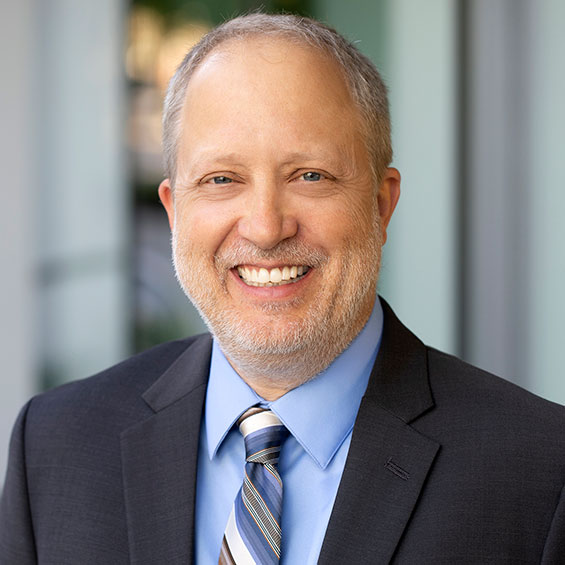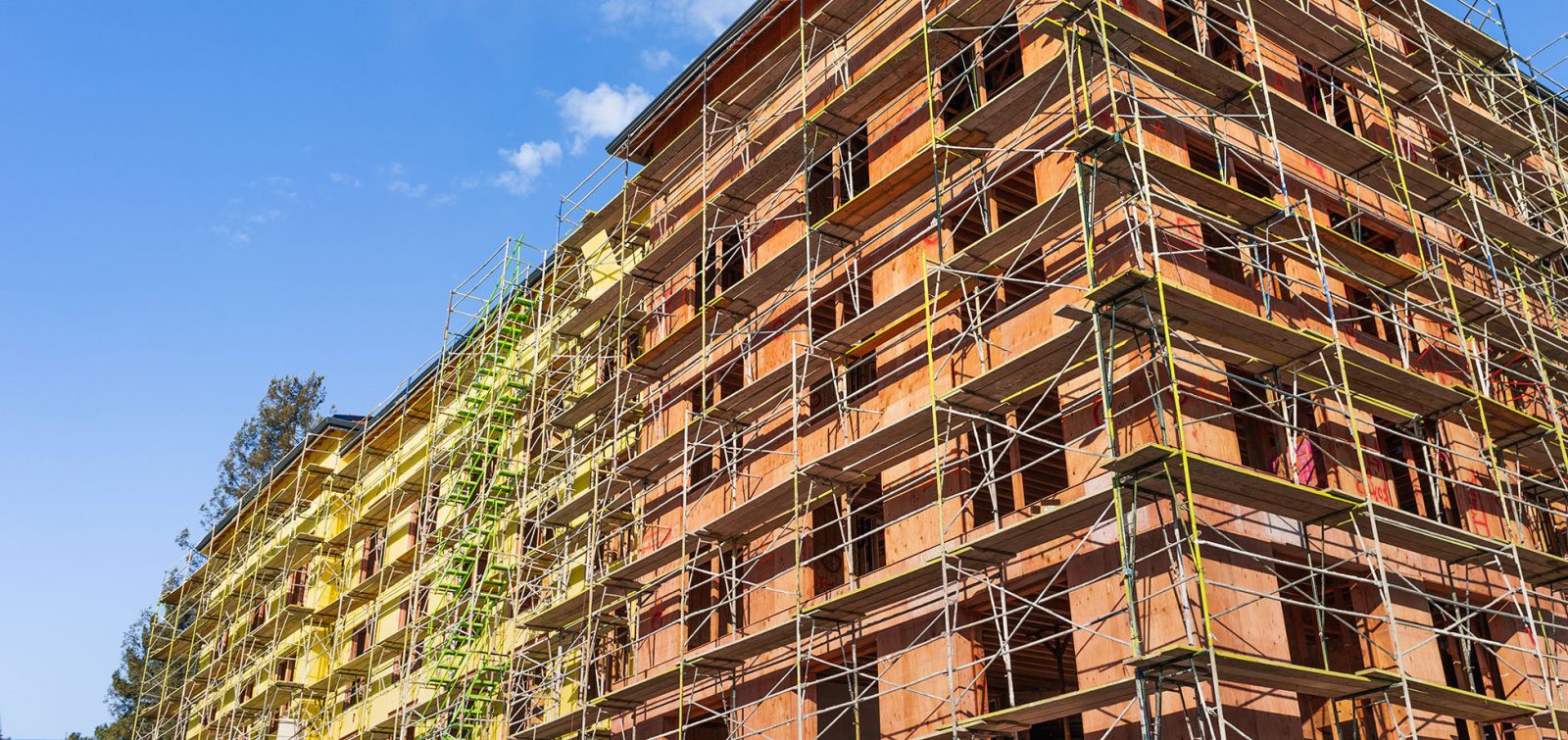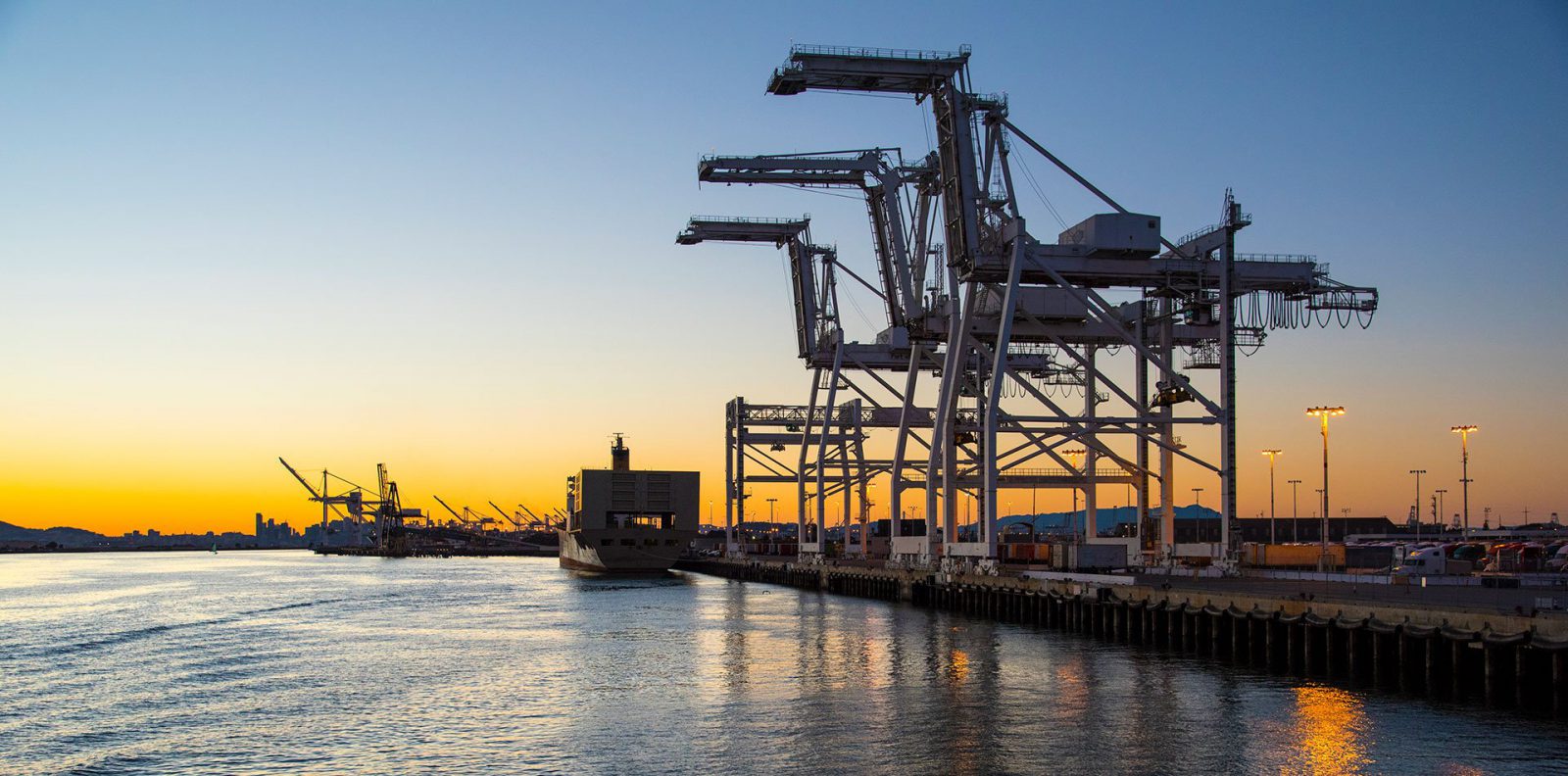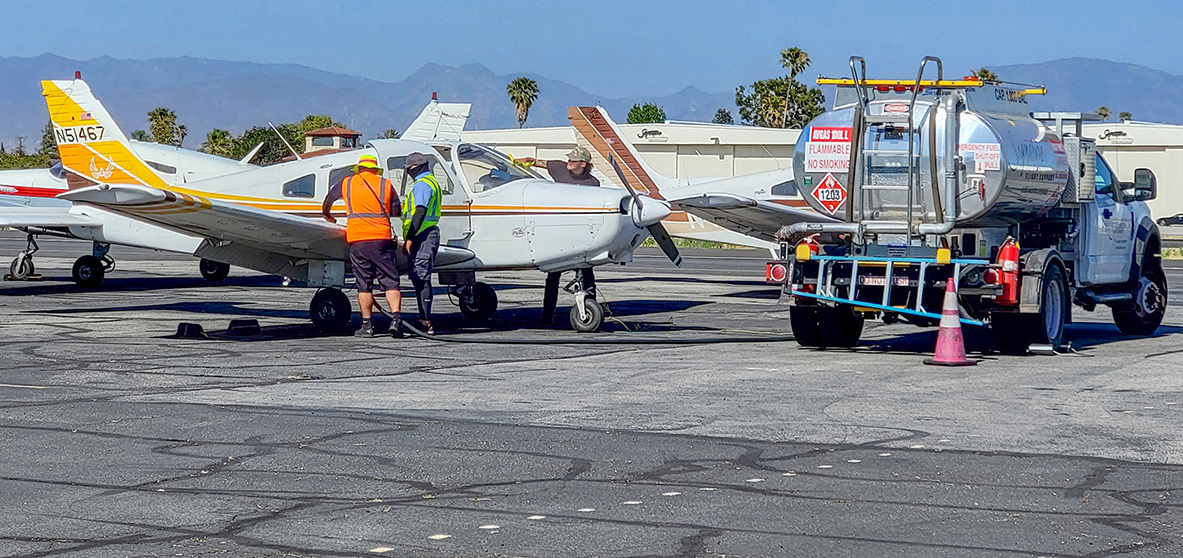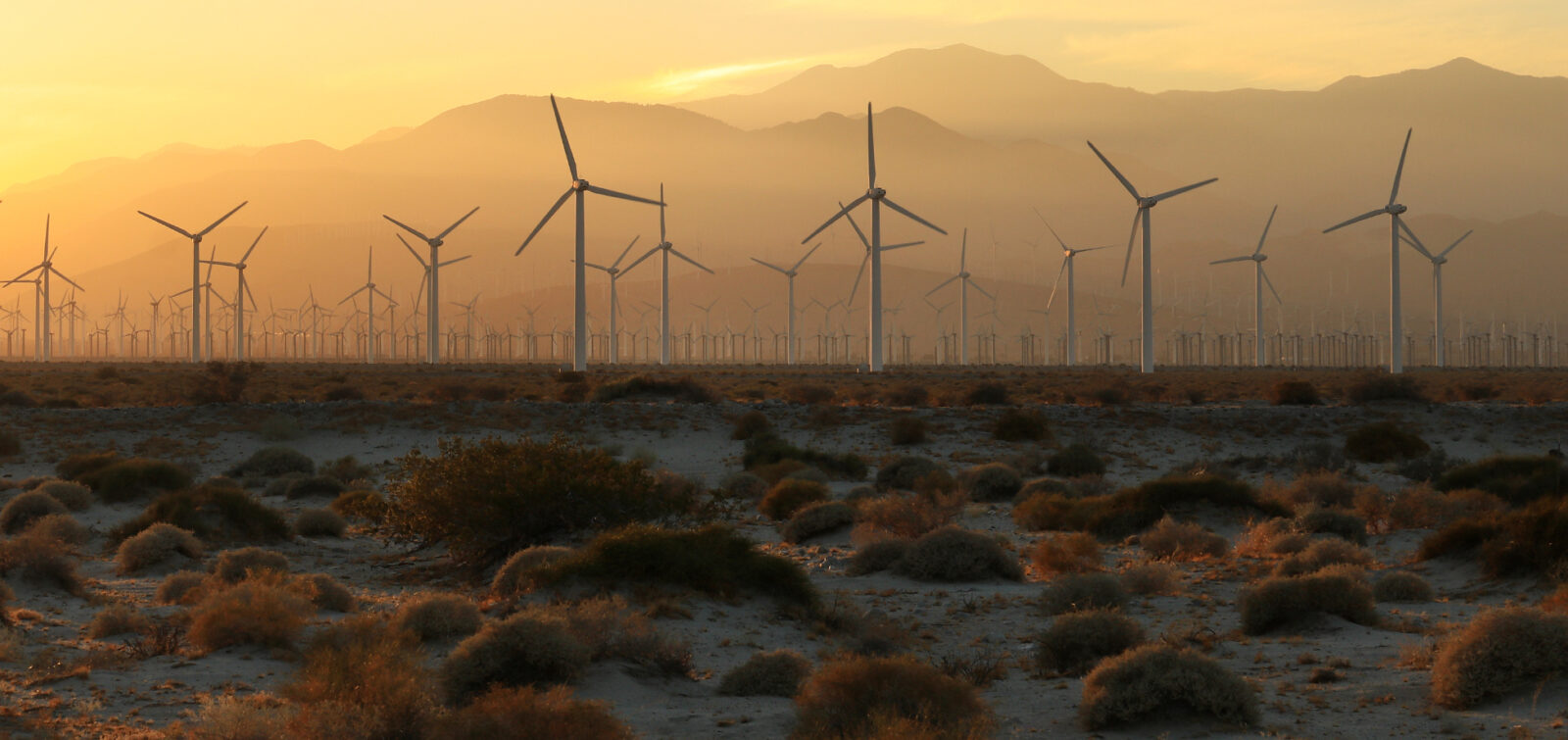National and regional scale electrical transmission is not something the average person spends much time worrying about. After all, when was the last time you flipped a working light switch and stopped to consider the extraordinary system that crisscrosses the country and results in your room instantly transforming from dark to light? The American Society for Civil Engineers (ASCE), however, is concerned about these things and provides an annual scorecard on existing and growing deficiencies in the country’s energy infrastructure. ASCE’s most recent report shows a slight uptick in electrical transmission investment, but the minor spending increase is just not sufficient to ensure our aging infrastructure meets our growing daily needs.
Our Energy Problem
The consequences of inadequate investment in aging power lines are now manifesting in several ways. First, climate-induced catastrophic grid failures from extreme weather events serve as stark indicators that the aging system no longer meets basic service expectations. Second, we are quickly realizing a major—and growing—issue with the essential function of the grid. While the rapid shift to renewable energy generation is to be applauded, we must acknowledge the widening mismatch in production. Today’s best wind and solar production zones are far from traditional fossil fuel power plants. Consequently, the existing spider web of transmission lines are not well-aligned to deliver clean energy. The recent Wall Street Journal article, “America’s Power Grid Is Increasingly Unreliable,” provides a good overview on both resiliency and the alignment problem.
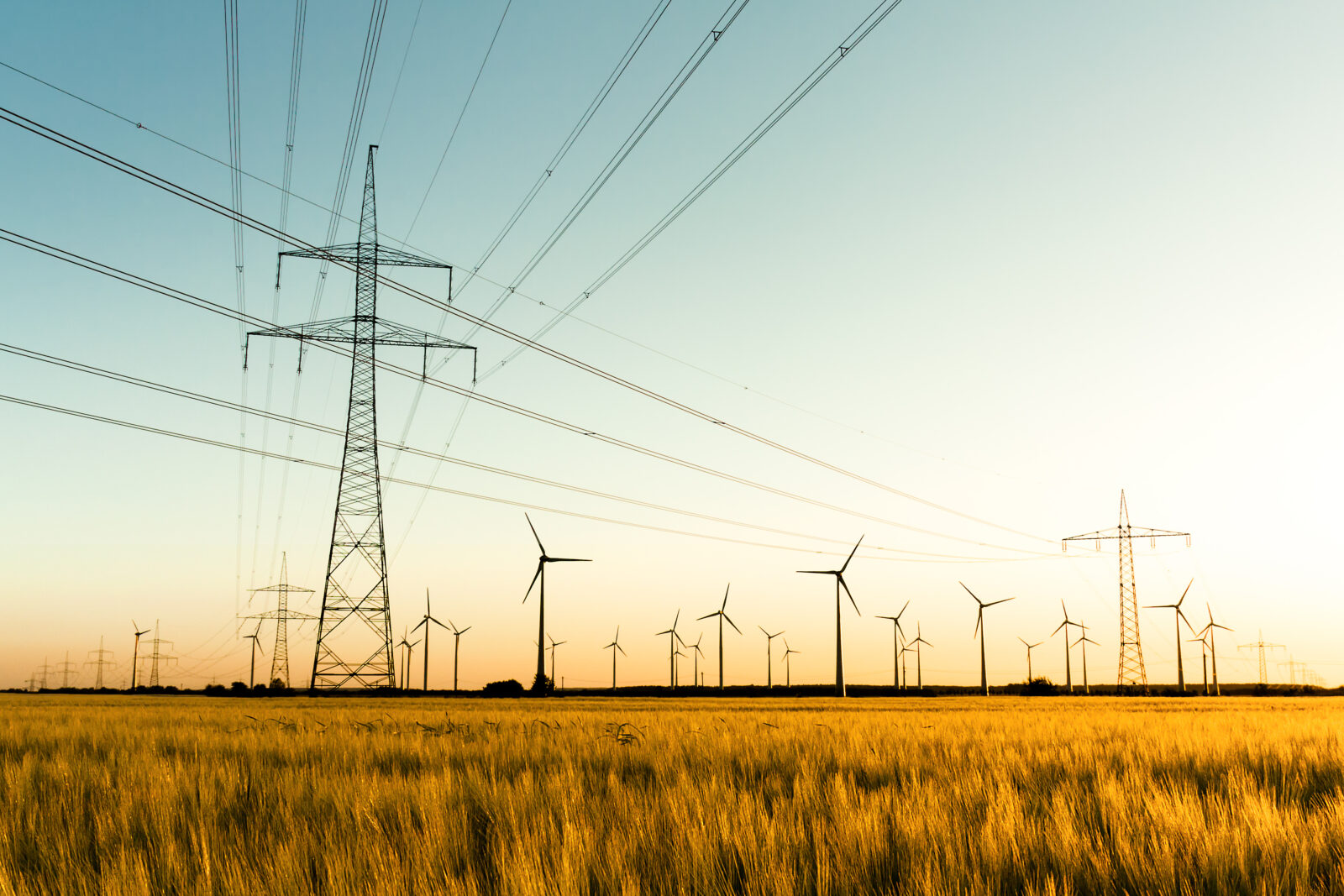
Working Towards a Solution
No single agency completely oversees the approval process for new transmission lines. Instead, there is a mix of local, state, regional, and federal regulators that have partial jurisdiction of varied aspects of the required technology. The Biden administration has noted from the beginning that a push to increase clean energy production would need to also include more efficient development of new transmission capacity. This policy shift will take time, but the Department of Energy (DOE) has already signaled an important pivot on the issue. The DOE’s recently published Notice of Intent (NOI), “Building a Better Grid Initiative to Upgrade and Expand the Nation’s Electric Transmission Grid to Support Resilience, Reliability, and Decarbonization,” outlines a comprehensive multi-agency approach to the problem.
The NOI is a result of the recently passed Infrastructure Investment and Jobs Act, building on existing DOE authorities and providing new tools and funding to accelerate modernization, expansion, and resilience of the Nation’s electrical transmission grid. DOE will coordinate the use of all authorities and funding, focusing on four issues:
The Path Ahead
Developing linear infrastructure of any kind is notoriously difficult, and particularly long distance electrical transmission. The lack of an “umbrella” regulatory agency providing comprehensive oversight, the varied jurisdictions, differing environmental concerns over long corridors, the high visibility of the structures, abstract nature of the need to the public, and the substantial cost are all challenges that must be overcome.
ESA’s mission is to work with clients and communities to drive sustainable, resilient, and equitable solutions that shape a better world. The need for efficient reviews and the new development of well-sited electrical transmission facilities is paramount to maintaining a reliable, safe, and functioning energy system that meets today’s and tomorrow’s challenges. Our multi-disciplinary experts have deep expertise and experience in the many areas needed to make these projects a success. From public outreach, strategy, planning, natural resource management, cultural resources, and regulatory permitting, we can help guide a reliable energy future.
For questions regarding DOE’s NOI and to discuss energy transmission projects, please reach out to ESA Cultural Resources Practice Lead Tony Overly.

